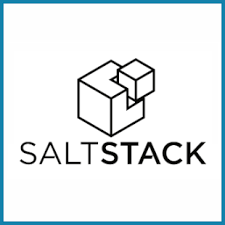
Liam
16 Jan, 2016

SaltStack Vagrant Part 1
What is SaltStack
- SaltStack software orchestrates the build and ongoing management of any modern infrastructure.
- SaltStack is also the most scalable and flexible configuration management software for event-driven automation of CloudOps, ITOps and DevOps.
- SaltStack is one of the top configuration management framework among Chef, Puppet, Ansible and SaltStack.
Why SaltStack with Vagrant
- Salt execution routines can be written as plain Python modules. (I am the Python guy)
- SaltStack script for Vagrant will be mostly same for the cloud server
- Achievement
development server == production serverUnlocked
- Achievement
Vagrant Folder Structure
- salt/
- root/
- top.sls
- webserver.sls
- minion
- Vagrantfile
Vagrantfile Setup
Vagrant.configure("2") do |config|
# load up the box for centos 6.6
# This will take long to download the os, hold up there
# Or go for a coffee
config.vm.box = "CentOS_7_x64"
## For masterless, mount your salt file root
config.vm.synced_folder "salt/root/", "/srv/salt/"
config.vm.network "private_network", ip: "10.0.0.201"
## Use all the defaults:
config.vm.provision :salt do |salt|
salt.bootstrap_options = "-P -c /tmp" # to salve minion_config not copied issue
salt.masterless = true
salt.minion_config = "salt/minion"
salt.run_highstate = true
end
end
top.sls
base:
'*':
- webserver
webserver.sls
httpd: # ID declaration
pkg: # state declaration
- installed # function declaration
service.running:
- enable: True
- require:
- pkg: httpd
minion
file_client: local
Ending
Run vagrant up you should get a CentOS_7_x64 box with httpd server installed!
By the end of this article, you should know the basic of how salt work.